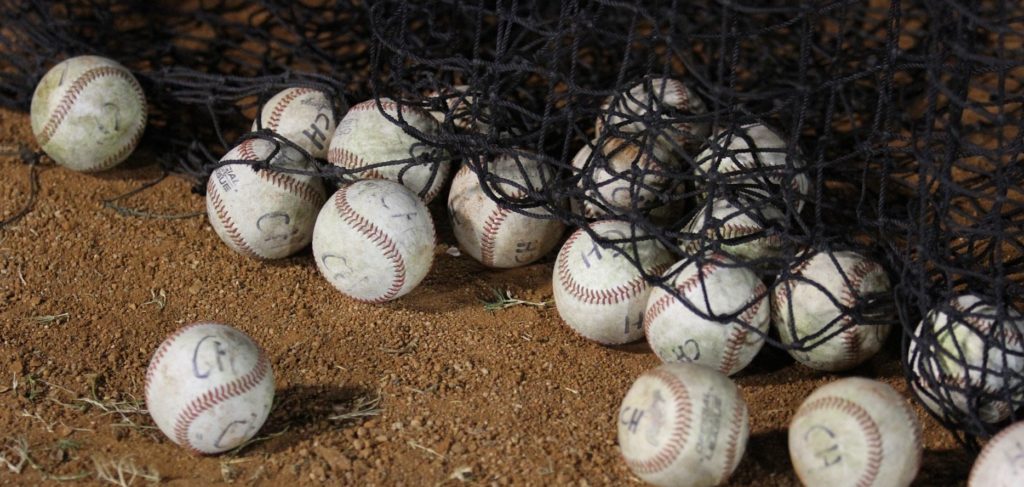
19 Dec Team Practices Are The Minimum
It’s becoming that time of year when teams across America start up their regular off-season activities and workouts. Energy and optimism for a new season are high and most players and coaches cannot wait to start. That being said, it is important for players to understand the purpose and limitations of practice.
When a coach calls a practice, the emphasis of their agenda will be to develop the “team.” Even though each player will participate separately in the various drills, the emphasis is to get the team ready for upcoming games. The problem with this is that this “team” mindset with regards to practice may not meet the unique demands and needs of each individual player. It’s not that the coaches don’t care about individual players because they certainly do. It’s just that running a team practice and private lessons for each individual player at the same time is not possible.
This is very important for players to understand and accept because if they do not put team practices into proper perspective then they may not ever turn into the player they hope to become.
I have said before on different platforms (blog post, video, etc.) that in the end, a player’s development is ultimately up to the player. Not the team. Not the coach. Not the parent(s). It’s up to each individual player to do what needs to be done so that they reach their potential. To accomplish this, every player needs to look at any team practice as just a minimum. That means players should expect to have to do extra work outside of practice to fully develop.
Some coaches understand this and build in time during practice to allow players to focus on their own needs. For example, a coach may organize a 90 minute team practice and then provide a 30 minute period at the end so players have a chance to work on their own personal needs. For some, it could be ground balls in the hole to work on backhands. For others, it may be opposite-field hitting work in the cage. It could be extra pickoff move footwork to second base for a pitcher.
It would be great if your coach provides this time but if not, the player MUST fill in the gaps and do what needs to be done on their own time.
As stated earlier, this all starts with the mindset that a player’s development is up to the player and that any team practice should be seen as just the minimum amount of work required to develop.




